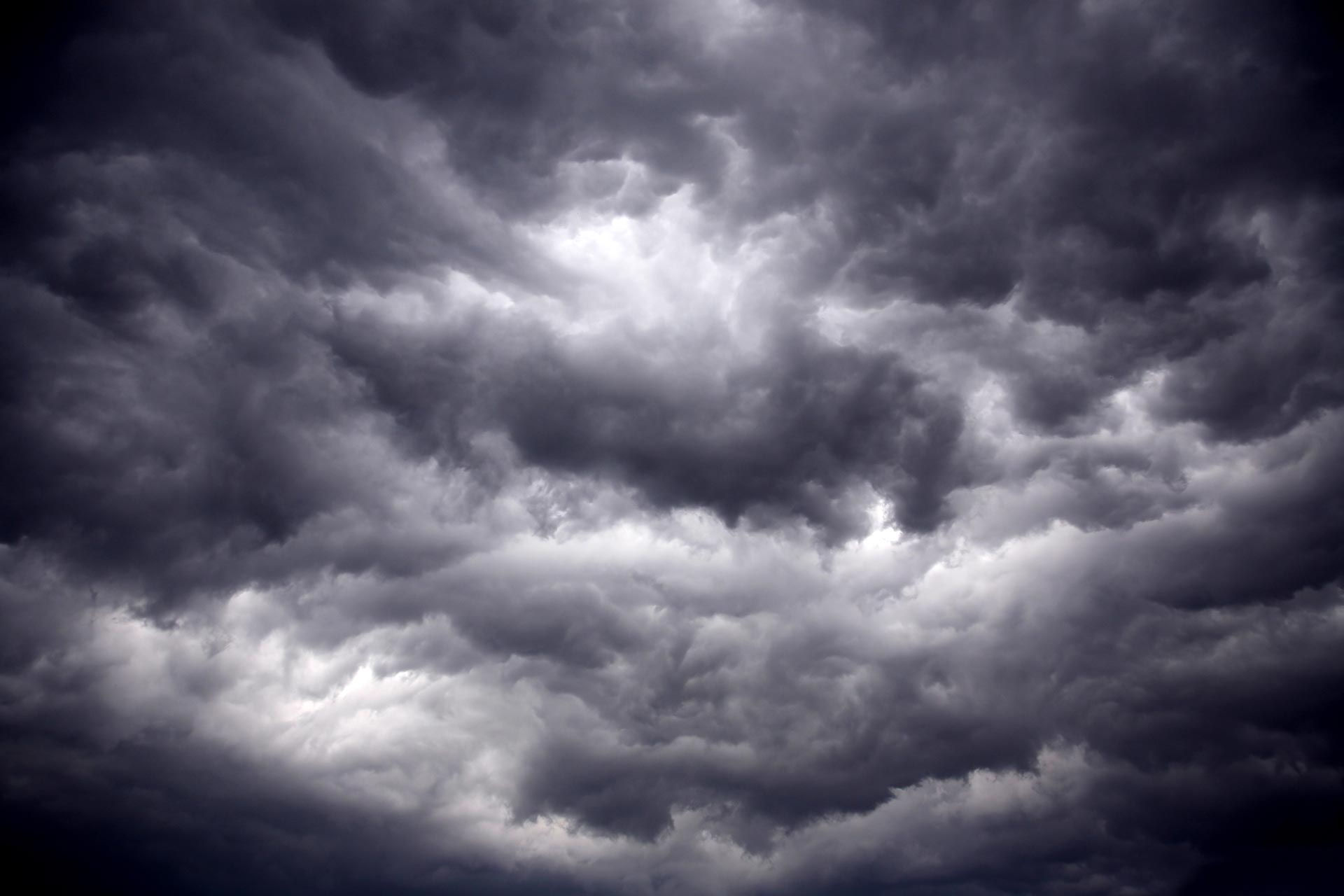LIKE AN ICE CREAM CONE...
Cool, cool, cool , like an ice cream cone! Yea, the coldest air of the season chilled the region Monday with some areas seeing snow flurries and wind chills as low as 20. (I think I even had a little brain freeze). My climate expert, Steve Gottschalk in Lowden who just received a lifetime NWS achievement award for exemplary work, indicates Tuesday morning will be the 11th time this fall with a low of at least 32. That breaks his record for the most freezing temperatures this early in the season, snapping the previous mark of 10 set in 1989.
By the way, flashing forward to December of 1989, it was far from pleasant around the Midwest. The average temperature for the month in the Quad Cities was 13.3 degrees below normal. A bitter cold wave set in December 14th and lasted through Christmas Eve. During that period low temperatures went below zero 10 consecutive days. Highs the 21st and 22nd never got above zero. The low of 24 below in the Quad Cities December 23rd was the coldest reading ever recorded during the month of December. Wind chills of 30-40 below were common. Christmas was white with a 4" snow depth.

I mention this because I consider the winter of 1989-90 one of the analogs I am considering for the upcoming winter. Not saying it will be anything like that, but its fall similarities may be a clue to a cold December ahead.

Getting back to our newfound chill, here's the swirling upper air low over the Great Lakes that's pulling in the wintery conditions.

The colder the air the drier it is and Monday dew points were near to a bit below zero on NW Iowa. The complete opposite of the steamy days back in early summer when dew points were up around 80 creating heat index values of 100-110.

These are the wind chills noted Monday morning. Chills in the teens were noted as far southeast as Ames and Waterloo.

Temperatures at 6:00pm Monday evening were already in the 30s in many locations, closer to what typical lows should be. Earlier, afternoon highs were in the low 40s, just a couple degrees above the records for coldest maximum temperatures.

I did hear from a number of people around the area that did see their first snow flurries if the season. Our friends in the upper Peninsula of Michigan enjoyed a full fledged snow storm with with accumulations well over a foot in the lake snow belts. As you can see, the grills were out of commission.

As the upper air low pivots slowly east the next 24 hours, its influence will gradually lessen with fewer clouds and winds that are not quite as robust. However, the cold will still dominate with lows Tuesday and Wednesday morning in the low to mid 20s. Here's what the 3K NAM shows.
Tuesday morning

Wednesday morning.

The worst period for wind and cold combined, will be Tuesday morning when we'll be greeted by wind chills in the range of 10-15 degrees. That's impressive by October 18th standards.

After highs in the low to mid 40s Tuesday, Wednesday should see max readings reach at least 50 with far less in the way of wind. That leads us into a warming trend that sends temperatures rocketing toward 70 by the end of the week. The combination of increasing down-sloping westerly winds and a very dry air mass will get the chinook effect going and allow readings to take off. If things go well, highs this weekend may reach the mid 70s in many areas. It will be breezy but that's the price you pay for that kind of warmth in late October. The GFS is advertising highs that might be as much as 20 degrees above normal. Now that's what I call a reversal of fortunes.

Another very positive aspect of this pattern change is the development of a western trough. Not only does that bring warmth, with time it taps moisture.

You can see it streaming into the Midwest by way of the increased water vapor. Here's what precipitable water levels look like come Sunday night. See the Gulf of Mexico opening up from Texas into Iowa.

With the MJO holding in phase 6 for a week or so that should hold the trough over the west allowing a more active pattern for precipitation which we can certainly use to help replenish depleted soil moisture. It won't happen right away, but by next Tuesday rain prospects are expected to improve significantly. The next 2 weeks the EURO shows this for total rainfall through November 1st.

The GFS for the same period.

And how about this, the EURO actually shows near to above normal precipitation in its 15 day departures. I can't tell you the last time I was able to show you much in the way of positive departures such as this.

So, as cold and lousy as it is Tuesday morning, the change is underway to a much warmer and potentially wetter pattern by the end of the week. Winner, winner, chicken dinner. I'm down with that. Roll weather...TS










Komentáře